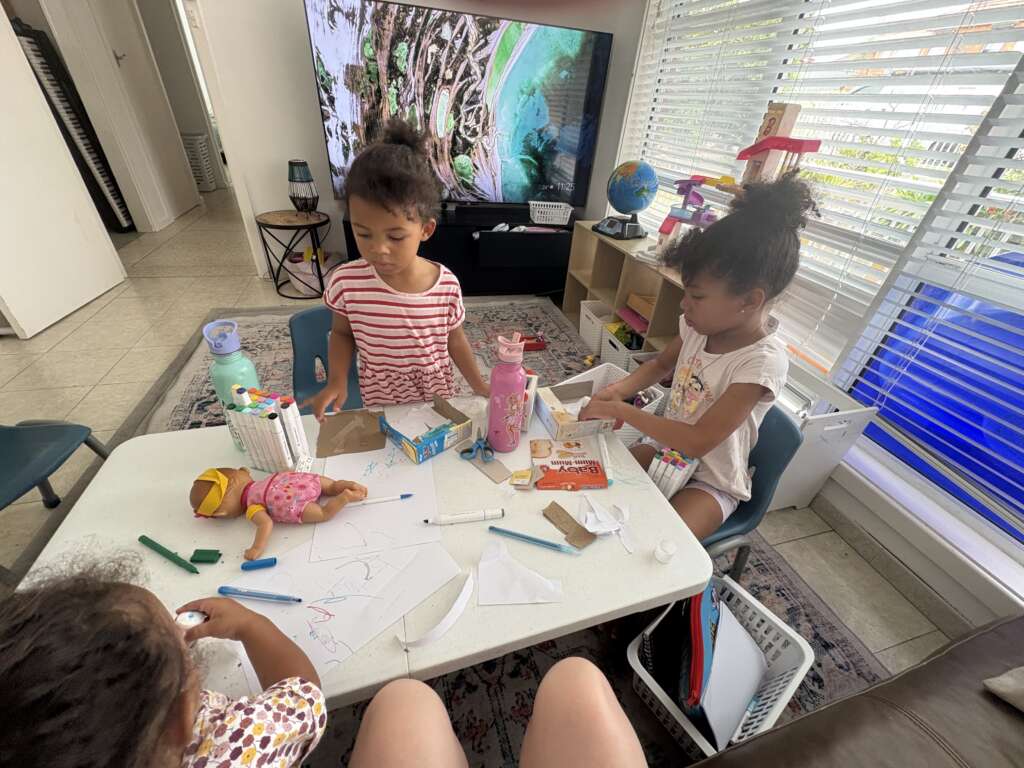Your cart is currently empty!
Finding Balance in Homeschooling: Our Journey to a Flexible Curriculum

When we started homeschooling, I knew I didn’t want to sit my kids down for six hours a day and replicate a traditional school environment at home. But I also knew that full unschooling wasn’t for us—I wanted to provide some structure, especially in core subjects. So, I started creating our own curriculum, one that struck the balance between structured learning and child-led exploration.
Prioritizing the Essentials
For us, Maths and English are non-negotiable. These subjects are foundational life skills, so we found a curriculum that works and follows a structured approach. This gives our children a solid academic base while allowing us to track progress in a clear and measurable way.
Learning Through Life
For other subjects, we’ve embraced a more flexible, interest-led approach. Science, history, geography, and even Bible study often happen organically—through questions, conversations, and real-life experiences. When my child asks, “Why does the moon change shape?” we dive into a discussion, read books, or find a short video to explore the topic. When we travel, we learn about new places, cultures, and history firsthand. This method keeps learning natural, engaging, and meaningful.
The Beauty of a Balanced Approach
This blend of structure and flexibility has allowed us to enjoy the best of both worlds. Our children get the academic grounding they need while still having the freedom to explore their interests. Learning happens not just at the table, but in the kitchen, the garden, the car, and everywhere life takes us.
Homeschooling is a journey, and every family’s approach looks different. For us, this balance has created a learning environment that feels natural, sustainable, and, most importantly, joyful. If you’re trying to find your rhythm, give yourself permission to adjust, experiment, and create a system that truly works for your family.
How have you found balance in your homeschool journey? Let’s chat in the comments!
